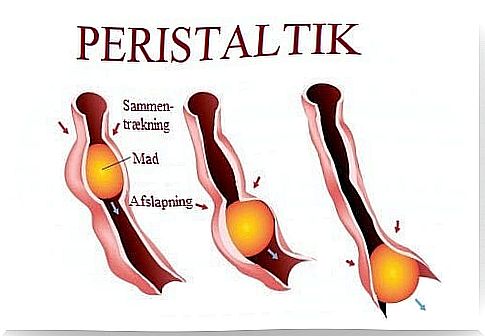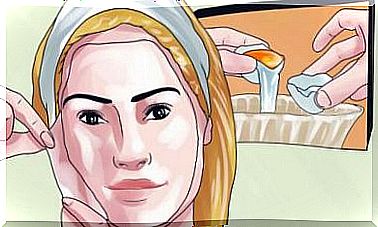Slow Transit Time Constipation: Everything You Should Know

Slow transit time causes slow digestion and constipation in those who suffer from it. It usually manifests itself with changes in the transit time of the intestines, which makes bowel movements slower than normal, makes the stool harder and causes painful bowel movements.
Overall, slow transit time can have many causes. For example, it is often related to a sedentary lifestyle and a poor diet that does not contain enough fiber. It may even be due to intestinal imbalance or diseases. That makes it a fairly common problem.
It can cause health and well-being problems if one is not able to get rid of his stools. In this article, we will therefore explain to you everything you need to know about slow transit time and how to deal with it.
What is slow transit time?
As we mentioned above, slow transit time makes the muscles slower and weaker than normal. This causes the stool to move very slowly, causing the stool to become hard. When this happens, it is logical that there is constipation.
The person suffering from this condition cannot get rid of his feces. And when they do, it’s painful. It can even hurt the anus or rectum. Slow transit time is also accompanied by a distended stomach and flatulence.
In some cases, it can cause hemorrhoids due to the effort that the person puts into trying to get rid of the stool. In fact, these people often feel full and even have bad breath in the morning due to air in the intestines.

What causes slow transit time?
Most of the time, this situation is caused by things that are not related to diseases such as age. It happens more often in older people than younger people. A sedentary life can also cause it.
This is actually one of the most notable risk factors for the development of slow transit time. Exercise makes the whole body active. It also helps get the intestines moving.
Unhealthy diet and poor eating habits are also a common cause. Following a diet low in fiber and fluids increases the likelihood of suffering from this disorder.
It is also important to note that certain drugs are associated with this problem, especially the use of laxatives. Laxatives stimulate the intestines. Therefore, if a person takes them for a long time, one’s intestines will get used to them, leading to the opposite effect.
Although less common, slow transit time can also be a symptom of a metabolic disease and nerve damage. It occurs when it affects one of the nerves that stimulates the movement of this organ, such as an injury to the spine.

What can be done to treat it?
The first thing you should do if you suffer from this problem is talk to a doctor. They will probably recommend changes in your diet and lifestyle to help solve this problem naturally.
First, it is important to introduce more foods that are rich in fiber, such as fruits and vegetables. Experts also recommend reducing its intake of dairy products and processed foods. Likewise, it is important to drink enough water.
Along with your diet, you should exercise daily. It can lead to improvement just walking an hour a day. Some experts also recommend changing position when using the toilet to promote the excretion of feces. For example, try squatting.
If you still need laxatives, you should try some natural digestive aids. Green tea and certain fruits, such as kiwi, can help. Enemas are also a solution. However, they should only be used if recommended by a doctor.
Although slow transit time usually has a physiological cause and can be treated with small changes, such as those we recommended above, it is best to talk to a doctor if you do not get better. They will suggest the relevant tests and be able to determine the underlying cause.









